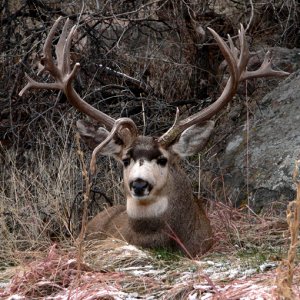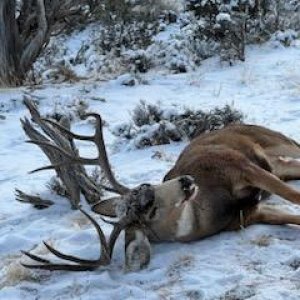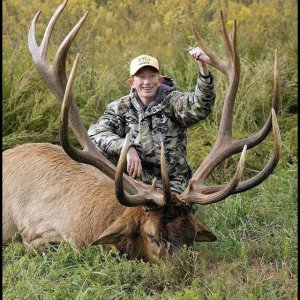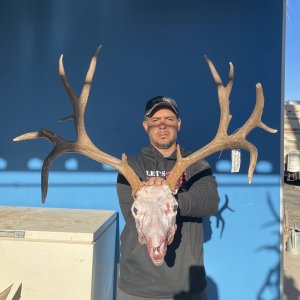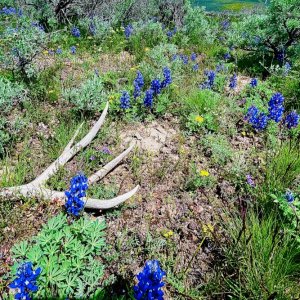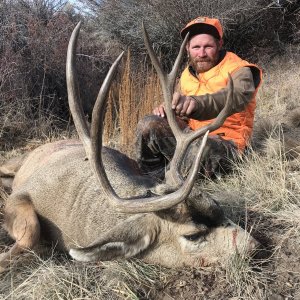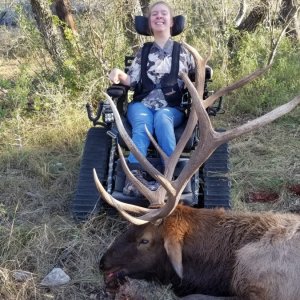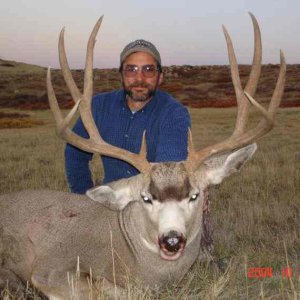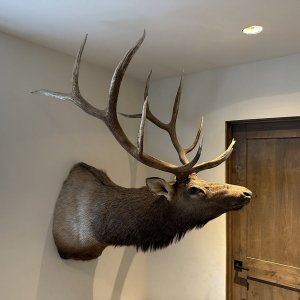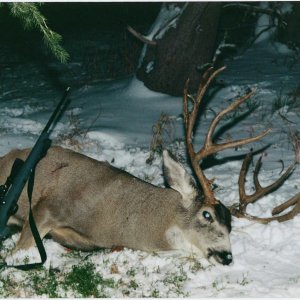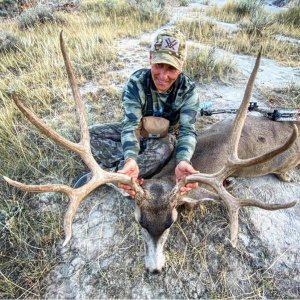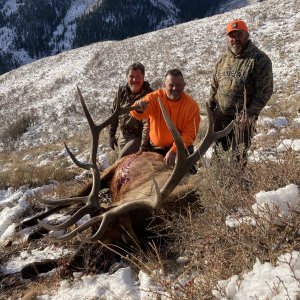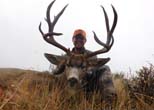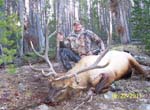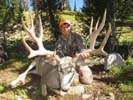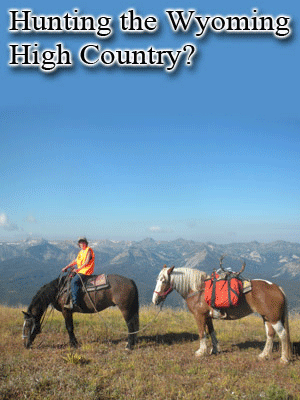mightyhunter
Very Active Member
- Messages
- 1,183
I was thinking about the subject of predator counts a few weeks ago. This was after reading an article claiming that only 80 wolves now live in YNP.
At a meeting with G&F in March of 2018 I asked Luke Ellsbury about mountain lion numbers in NW Wyoming. I specifically asked if the lion population in the area was on the rise. He stated without hesitation that populations were on the rise.
When you ask G&F employees about the numbers of wolves or grizzly bears in Wyoming, I always get the same answer. With wolves they state between 200-300 and with grizzly bears the usual number given is 700. To a person, everyone I have talked to at G&F also says "these numbers are conservative". What is the purpose of making such a statement. Are they trying to downplay the numbers or do they really not have a clue?
Recent articles I have read state that 177 wolves were killed in Wyoming in 2018. Those wolves would have been killed in traffic related incidents, those killed in the trophy zone, those killed outside the trophy zone as designated, and those killed by G&F for livestock killings or other threats. The articles also stated that there are now 286 wolves in Wyoming with 80 of those wolves in YNP, 10 on the Wind River Reservation and remaining in the rest of Wyoming. If I do the math, that would suggest there were 463 wolves in Wyoming at the end of 2017 and only 286 now remain. I have been told the 200-300 number for as long as the G&F has been the managing agency for the wolf.
With regard to the grizzly bears in 2018, I believe that the mortality for the bears was the highest it has ever been. The bulk of the deaths involve G&F taking out problem bears and the bears killed by people in self defense. Is the increase in mortality the result of an increasing population in areas closer to humans, a higher grizzly bear population or just a coincidence?
In Idaho, I believe the wolf population was reduced by at least 500 wolves in 2018. The bulk of the wolves were trapped and about 15% were taken by hunters. They pay a $ 1,000 bounty for wolves and the seasons in Idaho are liberal. The nonresident tags are also cheap. Despite all of this, the wolf population continues to grow in that state.
My concern is real simple, are Wyoming G&F giving you a political answer when they state the population of wolves and grizzly bears in Wyoming or do they believe what they are saying? With all the dollars spent on grizzly bear and wolf study, shouldn't the G&F be able to produce a population figure for each that doesn't have to be qualified by saying the number is conservative? How can a problem, or lack of a problem be addressed if you don't even know what the real numbers are?
just sayin...mh
At a meeting with G&F in March of 2018 I asked Luke Ellsbury about mountain lion numbers in NW Wyoming. I specifically asked if the lion population in the area was on the rise. He stated without hesitation that populations were on the rise.
When you ask G&F employees about the numbers of wolves or grizzly bears in Wyoming, I always get the same answer. With wolves they state between 200-300 and with grizzly bears the usual number given is 700. To a person, everyone I have talked to at G&F also says "these numbers are conservative". What is the purpose of making such a statement. Are they trying to downplay the numbers or do they really not have a clue?
Recent articles I have read state that 177 wolves were killed in Wyoming in 2018. Those wolves would have been killed in traffic related incidents, those killed in the trophy zone, those killed outside the trophy zone as designated, and those killed by G&F for livestock killings or other threats. The articles also stated that there are now 286 wolves in Wyoming with 80 of those wolves in YNP, 10 on the Wind River Reservation and remaining in the rest of Wyoming. If I do the math, that would suggest there were 463 wolves in Wyoming at the end of 2017 and only 286 now remain. I have been told the 200-300 number for as long as the G&F has been the managing agency for the wolf.
With regard to the grizzly bears in 2018, I believe that the mortality for the bears was the highest it has ever been. The bulk of the deaths involve G&F taking out problem bears and the bears killed by people in self defense. Is the increase in mortality the result of an increasing population in areas closer to humans, a higher grizzly bear population or just a coincidence?
In Idaho, I believe the wolf population was reduced by at least 500 wolves in 2018. The bulk of the wolves were trapped and about 15% were taken by hunters. They pay a $ 1,000 bounty for wolves and the seasons in Idaho are liberal. The nonresident tags are also cheap. Despite all of this, the wolf population continues to grow in that state.
My concern is real simple, are Wyoming G&F giving you a political answer when they state the population of wolves and grizzly bears in Wyoming or do they believe what they are saying? With all the dollars spent on grizzly bear and wolf study, shouldn't the G&F be able to produce a population figure for each that doesn't have to be qualified by saying the number is conservative? How can a problem, or lack of a problem be addressed if you don't even know what the real numbers are?
just sayin...mh

